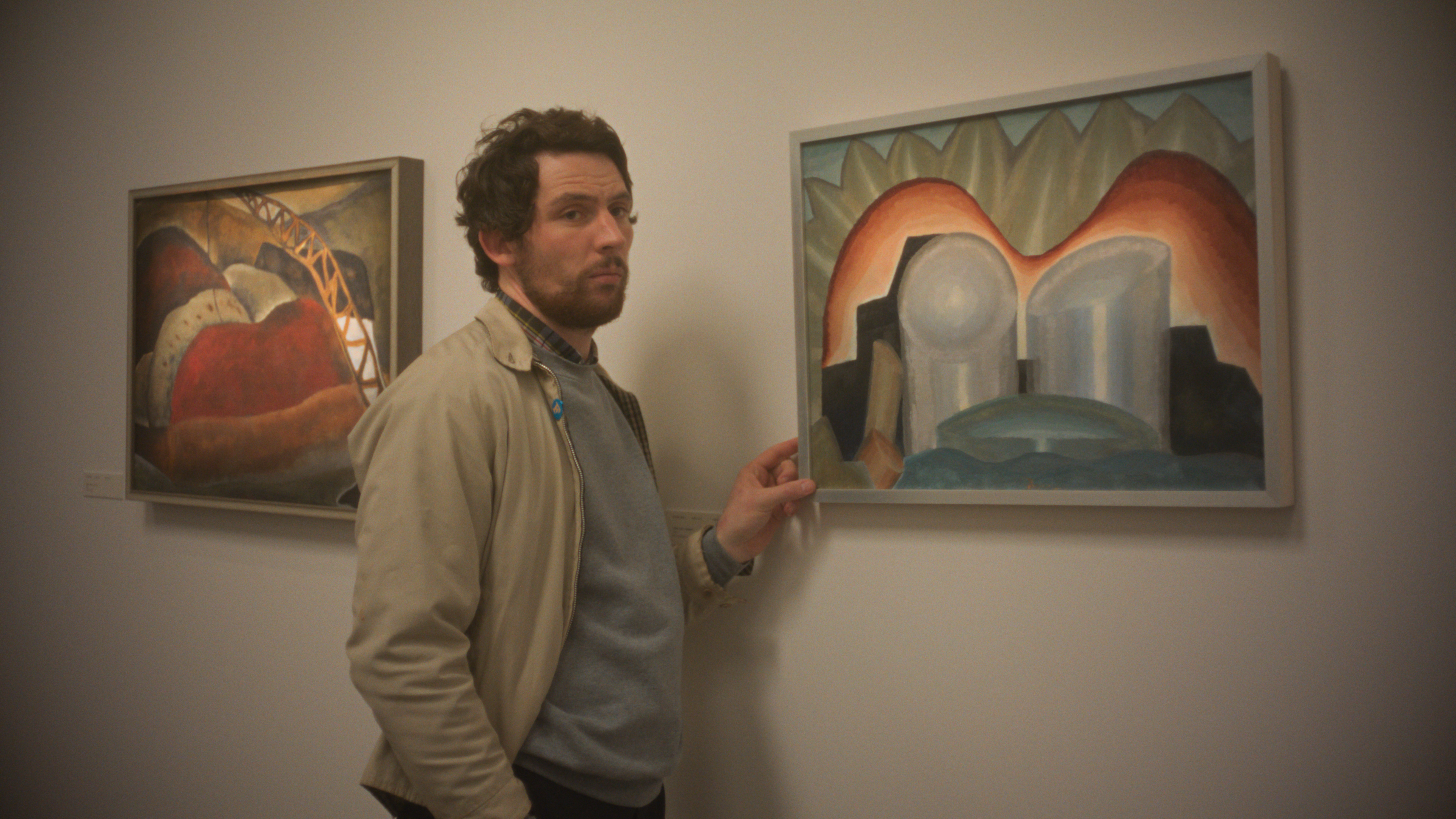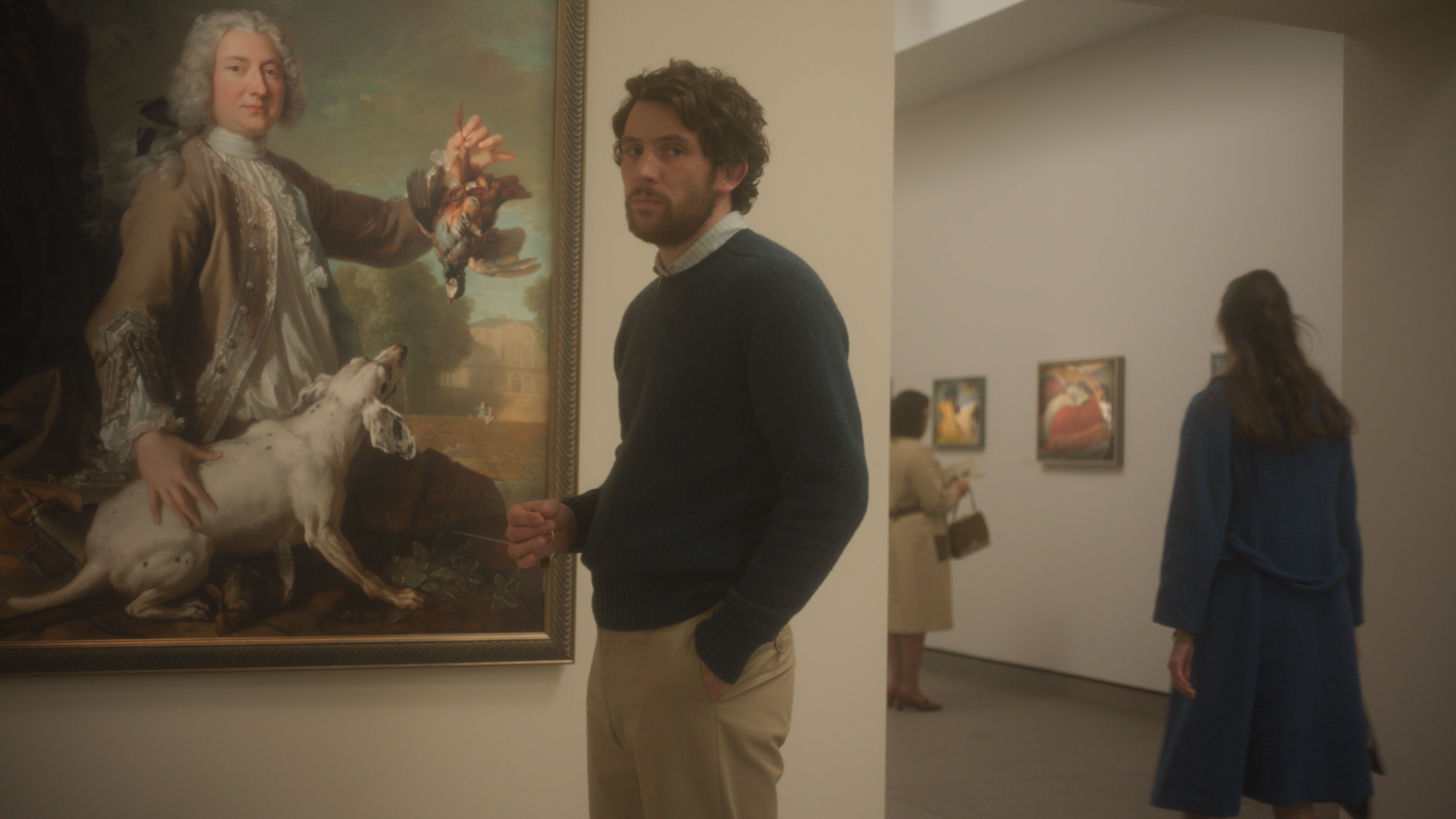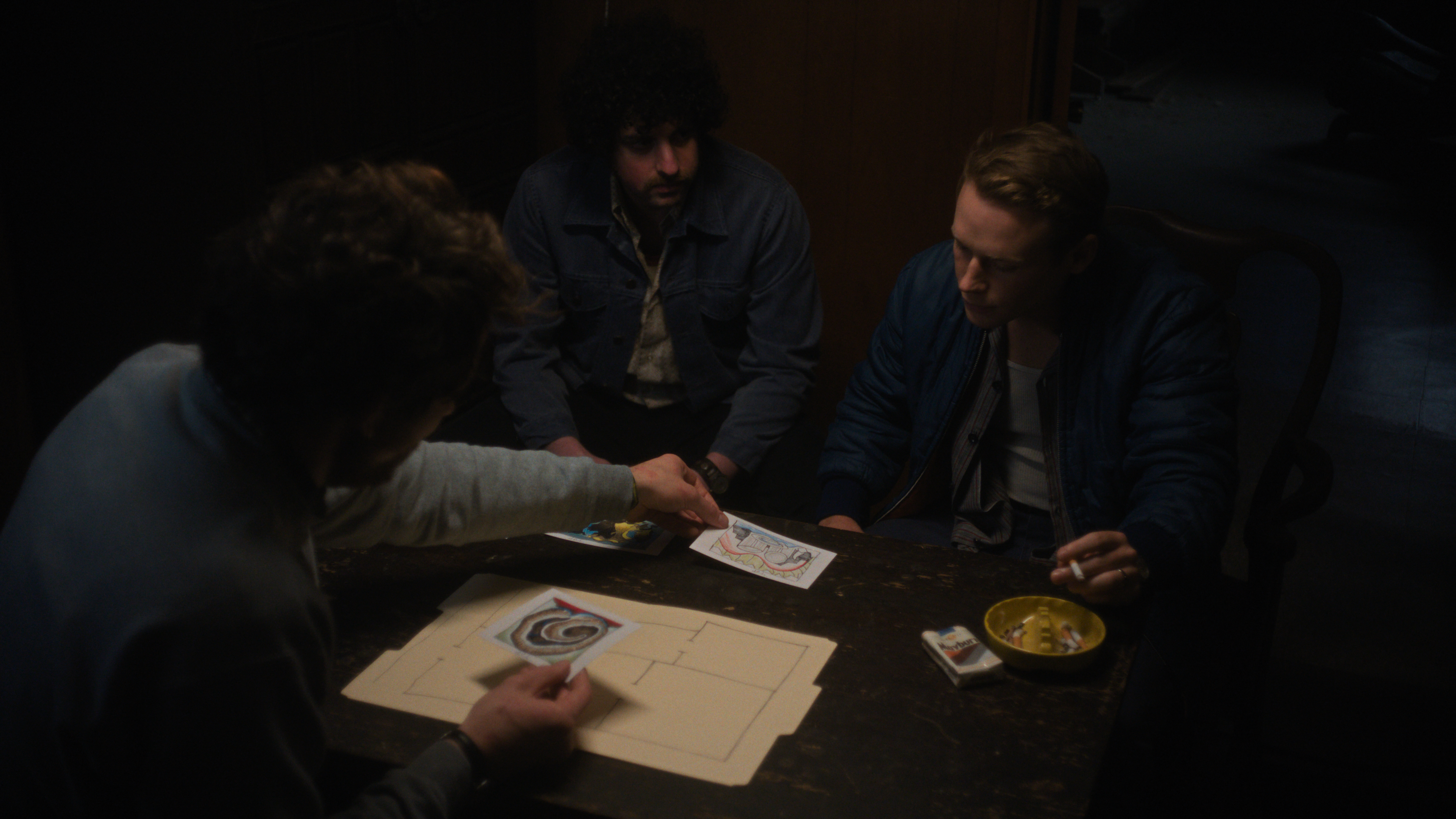Kelly Reichardt’s The Mastermind is an art heist about apathy and privilege
In 'The Mastermind', four stolen artworks by Arthur Dove are a revealing plot point

In Kelly Reichardt’s latest film, The Mastermind, Josh O’Connor plays JB, a listless, out-of-work carpenter whose plot to loot four paintings by Arthur Dove becomes an act of rebellion.
Considered the first abstract artist in America, Dove offers a warped mirror image of Reichardt’s disillusioned protagonist, JB (Josh O’Connor): both hail from lucrative families; both diverge from the political and entrepreneurial ambitions their rich parents have laid out for them; and both harbour grand aspirations, but lack political drive. Dove becomes a shorthand for JB’s lack of ambition in an acerbic, brisk and barbed wrestling with apathy and autotelic art amid the political unrest of 1970s America.
Revolving around the fictional Framingham Art Gallery, The Mastermind's unglamorous art heist is an amalgamation of a series of crimes that took place throughout the 1970s. Reichardt draws direct inspiration from the Worcester Art Museum robbery of 1972, the first armed robbery of art in history, taking place in broad daylight. At a time when most art heists were the work of petty criminals, JB’s decision to steal the paintings isn’t driven by money or notoriety. Instead, his plan – conceived almost as a creative act in itself – reflects his self-entitlement and disillusionment with a broken system.

Unlike the anti-war and civil rights protestors that provide the turbulent backdrop to the film’s action, JB is at a loss as to how to channel his anger. In the same way that art heist films of the time (The Thomas Crown Affair, Le Cercle Rouge) would glorify robbers, JB views himself as an anti-establishment figure. But his rage is misdirected. Despite his skill, JB’s plan unravels and the ensuing chain of events is comically futile. Even his choice of paintings to pinch, meticulously sketched for his stooges, points towards his inward gazing: Willow Tree (1937), Yellow Blue Green Brown (1941), Tree Forms (1932) and Tanks & Snowbanks (1938) are selected because they once hung on his art professor’s walls, but the thieves are instructed to ignore the works of Paul Gauguin and Dove’s better-known work Red Sun (1932). As JB’s father comments, the heist is a lot of trouble over only an obscure abstract painter.
Like JB, Dove was missing political motivation throughout his life. The initial stages of his career saw him struggle to find his artistic register. Going to Paris in 1907, he was inspired by the Fauvists and American experimentalists, but it was through Alfred Stieglitz, a Jewish photographer and art promoter, that Dove was able to discover his artistic identity, culminating in the pastel collection 'The Ten Commandments'. He later inspired Georgia O’Keefe (Stieglitz’s wife) and Julian Hatton, but is undeniably less well-known in his own right. And yet, Dove being one of Reichardt’s own favourite painters, her film demonstrates that his worth as an artist and art more widely is not so easily ascribed to political resonance.

Beneath its sympathy for both Dove and JB, The Mastermind operates as a shrewd satire of privilege, art and politics. Reichardt dissects the workings of class in times of crisis: the middle and upper classes, cushioned by their privilege, are unable to see beyond their own problems to anything collective. In the latter half of the film, JB hides out in a bedsit lined with kitsch rip-offs of Marc Chagall paintings. The irony is clear – Chagall, a Jewish artist who escaped Occupied France, fleeing real persecution. The paintings serve as another reminder of how the plight of artists and the politics of their times affect how their work lives on.
Beneath its sympathy for both Dove and JB, The Mastermind operates as a sharp satire of privilege. Reichardt dissects how, during times of crisis, class divisions distort empathy: the middle and upper classes, cushioned by their advantages, can’t see past their own frustrations to anything collective. When JB hides out in a bedsit lined with cheap Marc Chagall reproductions, the irony is clear — an imitation of an artist who once fled real persecution. Reichardt’s image underlines how art, like class, is never free from the politics of survival.
Receive our daily digest of inspiration, escapism and design stories from around the world direct to your inbox.
The Mastermind is released on October 25
-
 Wheels of the weird and wonderful: how the 2025 Japan Mobility Show met its brief
Wheels of the weird and wonderful: how the 2025 Japan Mobility Show met its briefWe bring you our selection of the ten most futuristic concepts and fascinating forthcoming machinery at Tokyo's Japan Mobility Show
-
 Find solace in the forest at this expansive treehouse retreat in Dorset
Find solace in the forest at this expansive treehouse retreat in DorsetFor sale for the first time, a treehouse, Mallinson’s Woodland Retreat, is a tribute to the skill of designer and master craftsman Guy Mallinson
-
 All hail the compact new Renault Twingo E-Tech – the city car is back in style
All hail the compact new Renault Twingo E-Tech – the city car is back in styleRenault continues to pay homage to its heritage by combining it with 21st-century technology. The new Twingo E-Tech is another winner